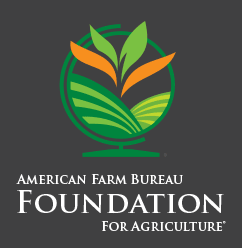Lesson Seven
Where would we be without "GMOs"?
Projects
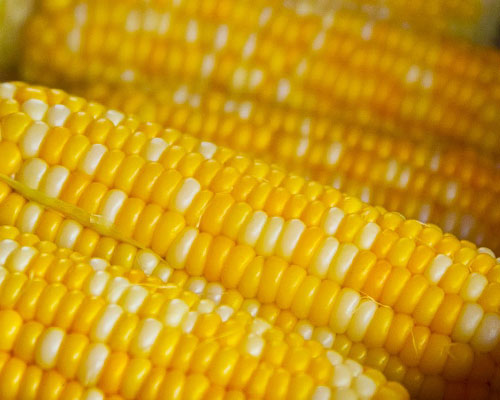
Genetic modification includes traditional breeding, mutagenesis, RNA interference and transgenics. Products made using transgenics have become known as “GM” (genetically modified) or “GMO” (genetically modified organisms), even though genetic modification through traditional breeding has been occurring for thousands of years.
Length: 1 hour
Objectives:
Students will be able to:
- Identify the primary components in a DNA structure.
- Describe the role of DNA in trait inheritance.
Next Generation Science Standards Addressed
- Disciplinary Core Ideas:
- LS3.A Inheritance of Traits
- LS3.B Variation of Traits
- Practices:
- Asking Questions and Defining Problems
- Constructing Explanations
- Cross-Cutting Concepts:
Cause and Effect: Cause and effect relationships may be used to predict phenomena in natural systems.
Common Core English Language Arts Standards Addressed
- Speaking and Listening Standards 6-12
- Comprehension and Collaboration (1)
Suggested Videos
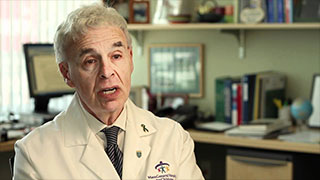
Are There Any Proven Health Risks Associated With Biotech Food?
Technologies, such as food biotechnology, have become an important part of agriculture. However, many myths and misperceptions about food biotechnology have led to questions about its safety and benefits for the public. The video segments below were developed to help clarify the facts and address some of your most common questions about the safety and effects on health of foods produced through biotechnology. In this video, physicians who are leaders in their field discuss the safety and health research around food biotechnology.
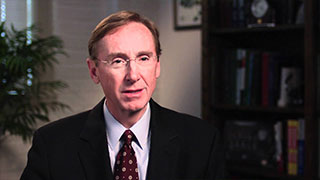
Physicians on Biotech
Technologies, such as food biotechnology, have become an important part of agriculture. However, many myths and misperceptions about food biotechnology have led to questions about its safety and benefits for the public. The video segment was developed to help clarify the facts on food produced through biotechnology and answer common questions about food allergy. In the videos, physicians who are leaders in their field discuss the safety and health research around food biotechnology and food allergy.
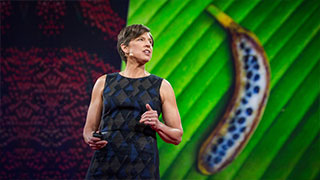
The Case for Engineering Our Food
Pamela Ronald studies the genes that make plants more resistant to disease and stress. In an eye-opening talk, she describes her decade-long quest to isolate a gene that allows rice to survive prolonged flooding. She shows how the genetic improvement of seeds saved the Hawaiian papaya crop in the 1990s — and makes the case that modern genetics is sometimes the most effective method to advance sustainable agriculture and enhance food security for our planet’s growing population.
